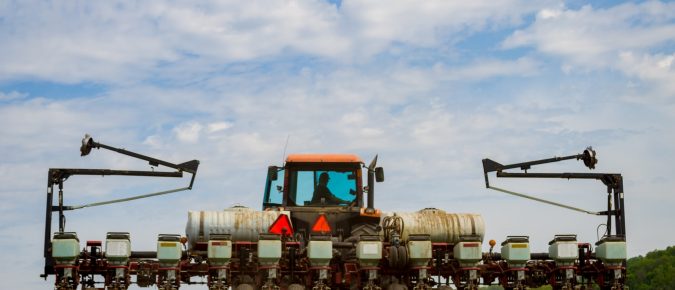There is a lot of solar being sited in Wisconsin with some projects reaching a pretty massive scale. The traditional narrative has been hello solar, goodbye agriculture, however a new crop of farmers, researchers, and solar companies are thinking differently: how can we continue to farm this land between, under, and around solar panels?
In the increasing discussions about how to address climate change there are conflicting claims about the need to address methane (CH4) emissions. Some people argue that methane emitted by cows is a primary cause of climate change.
The texture of soil, including its composition of sand, silt, and clay, affects water retention and drainage capabilities differently. Sandy soils drain quickly but have low water-holding capacity, while clay soils retain water tightly but have slower drainage. The article provides methods for determining soil texture, such as hand texturing and using online soil maps.
Drought affects pasture as well as crops. During these dry times, what are the considerations that graziers need to keep in mind to optimize forage, and what are the advantages that a rotationally grazed system gives us when we’re short on water? We talk with Mary C Anderson, Wisconsin DNR Grazing Specialist, retired dairy farmer, and current grass-fed/finished beef farmer and Kevin Mahalko from the Gilman, WI area, a grass-fed dairy farmer and president of Grassworks.
Every field and every growing season is different, and determining if added nitrogen will pay off is hard to determine. In early to mid-June take time to collect samples for these two tests: Pre-sidedress nitrate test (PSNT) and early season tissue tests to help you determine how much nitrogen is in the soil and how much is already in the plant.
No digg-it-y. No doubt? On this episode of Field Notes we dig into the question: to till, or not to till, or somewhere in between? Strip tillage is not as common in Wisconsin as full width tillage or no till, but it presents an opportunity to reduce soil disturbance and improve soil aggregation, while also gaining some of the benefits of full width tillage like early season soil warming and fertilizer incorporation.
Guest host Guolong Liang, outreach specialist for the Agriculture Water Quality Program of Extension in the Central Sands of Wisconsin, talks with UW-Madison Horticulture Professor and Extension Specialist Jed Colquhoun, John Ruzicka of Guth Farms in Bancroft, Wisconsin and Dylan Moore, a Seneca Foods Field Representative, about the use of cover crops and no-till to reduce nutrient runoff in canning and processing vegetables.
Right now, there are at least a dozen carbon credit companies willing to pay farmers a range of prices to add conservation practices, like cover crops and no-till planting, to their annual crop production systems. Although these companies are paying farmers to implement the conservation practice, what they are really investing in is the additional carbon they expect to be stored (sequestered) in the soil through implementing the practice.
The webinar was designed to assist farms and agronomists in their decision-making regarding timing of spring tillage and planting activities and to properly prepare planting equipment for optimal in-field effectiveness.
When we think of nitrogen leaving the fields, we often think of nitrates leached down to groundwater, but the mobility of nitrogen is not just downwards. Nitrogen can also leave the field and be lost to the atmosphere in the form of nitrous oxide, aka laughing gas. But this is no laughing matter.
March is mud month in Wisconsin. While this season may not be particularly pretty on the eyes, the freeze and thaw of the soil presents farmers with an opportunity to seed small-seeded plants like clovers into a fall-established wheat crop.

















